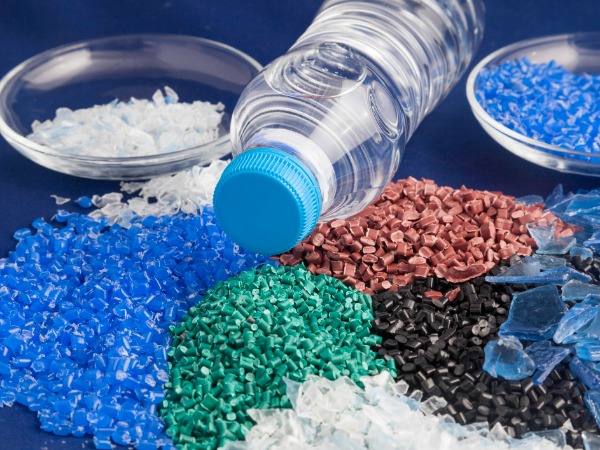
How much do you know about the business of recycling? Most of us understand that when we recycle correctly, the stuff we put into recycling bins gets sorted, baled, processed, and made into new stuff. But how do those steps really work? How do we make sure that what goes into our recycling carts becomes new products?
Understanding that recyclables are commodities in a manufacturing process helps people appreciate why the list of acceptable items sometimes changes and why all recyclables must be as clean and contaminant-free as possible. Your recyclables become resources in manufacturing.
To make new goods, you can start with raw materials, such as harvested trees, mined metals, or petroleum products, with recyclables (those materials that were once in your recycling bin), or with a combination of both. In many cases, there are huge advantages in manufacturing new goods from recycled materials. For instance, using recyclables in manufacturing may require less electricity or other energy or create less pollution and fewer emissions. However, sorting, transporting, cleaning, and, in some cases, preprocessing recyclables cost money. As you can imagine, if the recyclables are contaminated because they are mixed with non-recyclable items or are dirty, those costs increase, which means raw materials may be cheaper and easier to use for manufacturers.
Simply put, your recyclables are a commodity. They are something that we collect because it is good for our economy and our environment. Please help keep the costs of your recycling program down and the value of your recyclables high by only placing locally accepted items into your recycling cart. Bottles, jugs, and jars should be emptied, lightly rinsed if needed, and allowed to drip-dry. Paper and cardboard should be dry, and boxes should be flattened.
Please be sure to check with your local solid waste authority for recycling rules and instructions for your community.
Credit: aykuterd | iStock | Getty Images Plus
